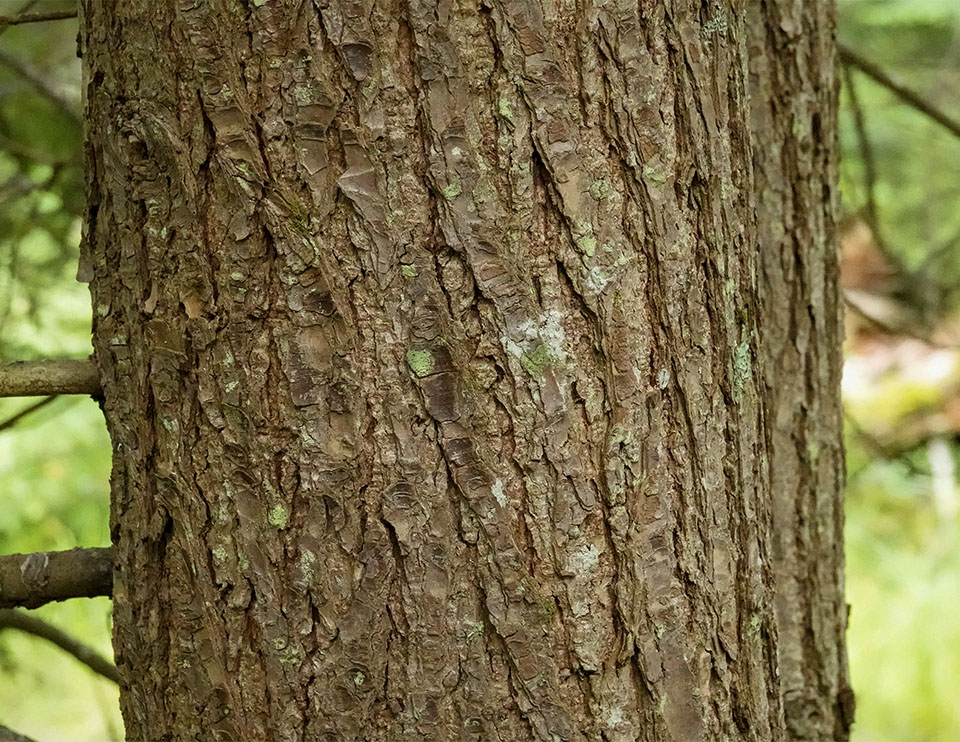eastern hemlock tree facts
And are the dominant tree species on 23 million acres ranging from the Southern Appalachians of Georgia and Alabama north to Maine and the Canadian Maritimes as well as west to Minnesota. The Carolina hemlock can only be found in the southern.

Pennsylvania State Tree Eastern Hemlock
Although moderately low in bending strength and shock resistance eastern hemlock can be used in construction for light framing sheathing subflooring and roofing.
. The Eastern hemlock is also the state tree of Pennsylvania. The eastern hemlock resides in a large area that extends from the southern Appalachian Mountains to southern Canada and then into the Great Lakes states of Michigan Wisconsin and a portion of Minnesota. Hemlock develops flat needle-like leaves.
It is equally at home standing alone in a grouping or as part of a hedge and it is easily pruned or sheared. It is most often found on moist or rocky ridges as well as north-facing slopes and valleys. Male cones grow solitary globose ovoid or ellipsoid yellowish-white to purple 3-5 mm long borne on short peduncles.
The oldest recorded eastern hemlock found in Pennsylvania was more than. The arrangement of Eastern Hemlock needles also contrasts with. The hemlock woolly adelgid Adelges tsugae is a serious pest in Shenandoah National Park that threatens to eliminate all eastern hemlock stands.
In eastern North America there are two species of hemlock. Also known as Canada hemlock or hemlock spruce eastern hemlock can grow to heights of 70 feet and widths of 35 feet and live for as long as 800 years. The ends of branches also droop slightly giving it a relaxed look.
Eastern Hemlock needles can also be easily differentiated from those of the Red Spruce which are sharp-pointed and. Eastern hemlock usually grows from 40 to 70 feet tall though it can reach 100 feet or more. The tree has a slow to medium growth rate even in ideal growing conditions.
Trees have a pyramid shaped growth pattern. Eastern hemlock has furrowed and ridged brown bark pendulous and drooping branches and a nodding top. 21 rows Interesting Facts.
Despite the name the hemlock tree Tsuga is not related to poison hemlock Conium maculatum. They are less than one inch long and spirally arranged on the branches. Identification of the Eastern hemlock.
Eastern hemlocks are currently under attack by an exotic sap sucking insect that originated from Asia. Eastern Hemlock Tree Scientifically called Tsuga Canadensis Eastern hemlock is a slow-growing plant that takes almost two decades to reach its ultimate height of 40 feet and width of 25 to 30 feet. The hemlocks seeds grow in ½-1-inch oval pinecones.
Gray to brown scaly deeply furrowed. About 8-10 species of hemlock trees exist four of which are found in North America and 4-6 in eastern Asia. That being said the tree is a long-living one and has the ability to survive up to thousands of years.
It is furrowed and covered with scales. 4-9 ft on average. Eastern hemlock also known as Canadian hemlock is a late successional slow-growing and long-lived native conifer.
The scientific name of the hemlock genus is Tsuga which is the Japanese name for hemlock trees which are native to Japan. It develops conical or irregularly shaped crown. There is no other tree that can fill the functional niche of hemlock.
The undersides of the needles have 2 white stripes called stomatal bands. Its beautiful foliage and form as well as its hardiness and longevity make it one of the most attractive of all the American conifers. Hemlock can reach 33 to 197 feet in height.
Evergreen hemlocks also perform well in damp soils and can be found growing in wetlands. Bark of hemlock tree can be grey or reddish-brown colored. Canadian hemlocks thrive in USDA zones 3 through 7.
Eastern hemlock also called Canada hemlock or hemlock spruce is a slow-growing long-lived tree which unlike many trees grows well in shade. Female cones are oblong-cylindric or ovoid globose 15-80 mm long borne on a. Eastern hemlock and Carolina hemlock.
First observed in 1988 it has since been found in all. The Eastern hemlocks bark is thick with a reddish-brown coloration. Eastern hemlocks grow on 19 million acres throughout the eastern US.
Eastern hemlock is generally confined to areas with cool and humid climates. Unlike most conifers the Eastern hemlock thrives in partial to full shade. Eastern Hemlock trees are easily distinguished from Eastern White Pine since the latter tree features much longer.
The ridges on the bark are scaly and flat-topped forming plates. It can be clipped and trained as a shrub and numerous cultivars exist. It may take 250 to 300 years to reach maturity and may live for 800 years or more.
It is a beautiful graceful evergreen with a pyramidal shape and majestic stands are easily identified from a distance. EASTERN HEMLOCK The wood of eastern hemlock is moderately light in weight moderately hard coarse grained uneven in texture and inclined to splinter when machined. Eastern or Canadian hemlock is an evergreen conifer tree with a pyramidal growth habit and a relatively rounded top the highest leader often drooping.

Eastern Hemlock Plant Id Guide Youtube
Tsuga Canadensis Eastern Hemlock Pinaceae

Canadian Hemlock Tree Facts How To Care For Canadian Hemlock Trees
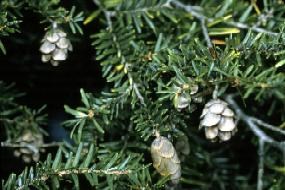
Eastern Hemlock Shenandoah National Park U S National Park Service

Hemlock Taxonomy Description Species Facts Britannica

Canadian Hemlock A Hot Winter Tea Eat The Planet
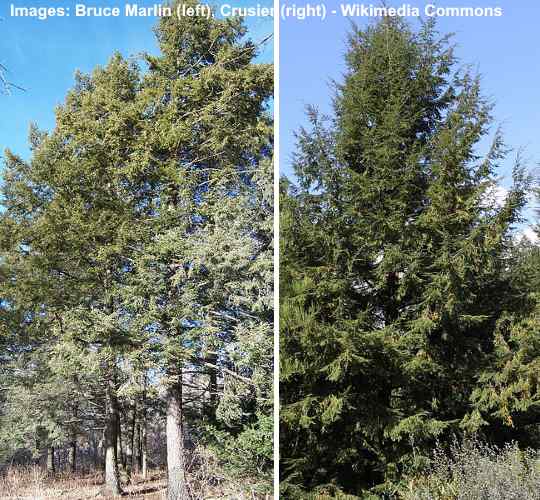
Hemlock Trees Tsuga Leaves Bark Cones Pictures Identification

Canadian Hemlock Tree On The Tree Guide At Arborday Org

Eastern Hemlock Canadian Hemlock Coniferous Forest
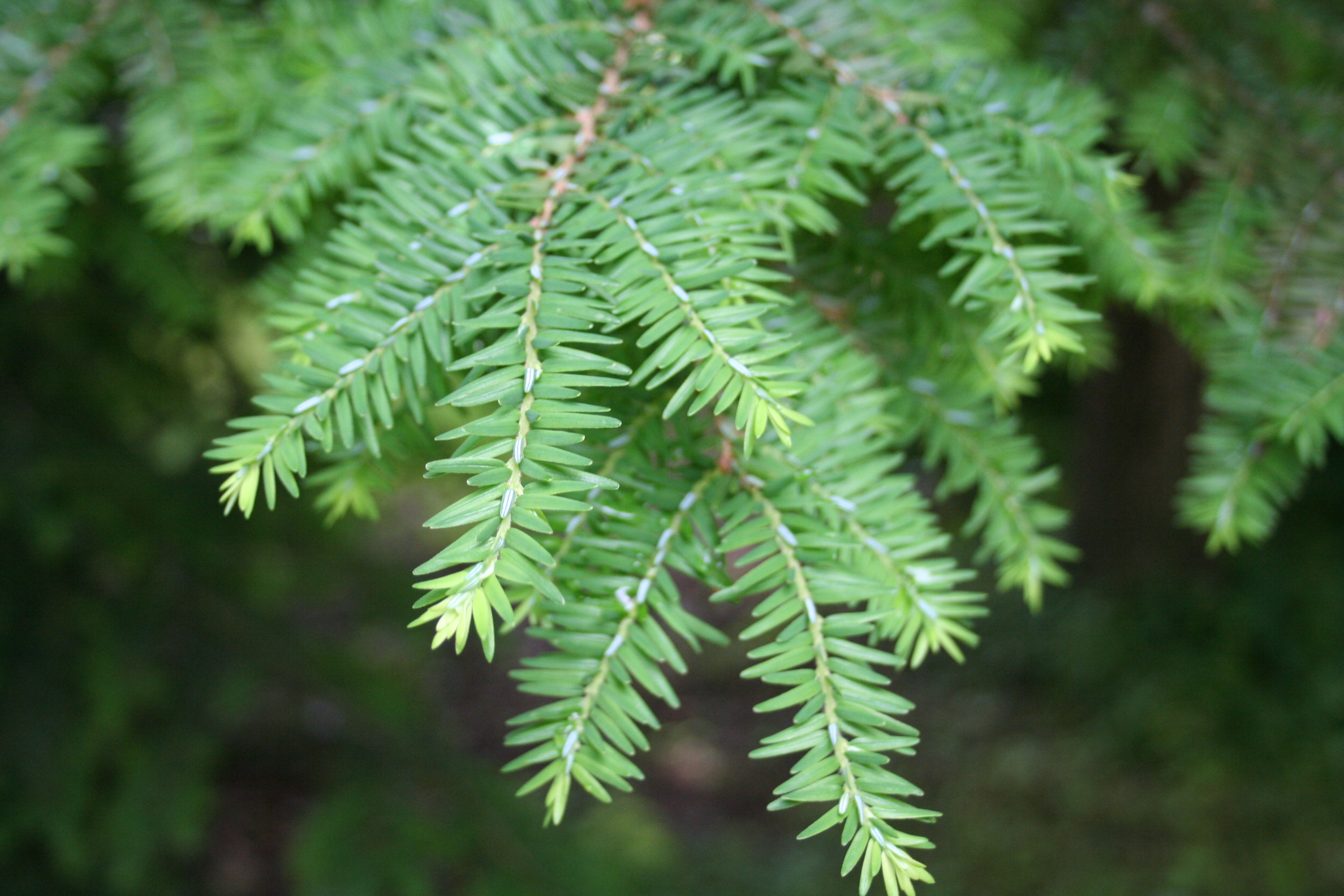
Hemlock Eastern Nebraska Forest Service
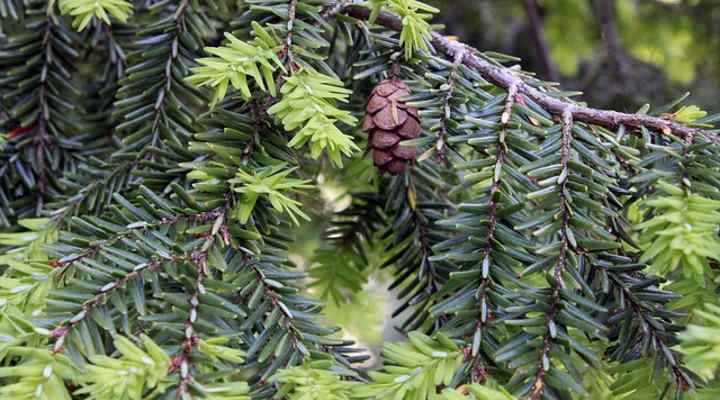
Hemlock Trees Tsuga Leaves Bark Cones Pictures Identification
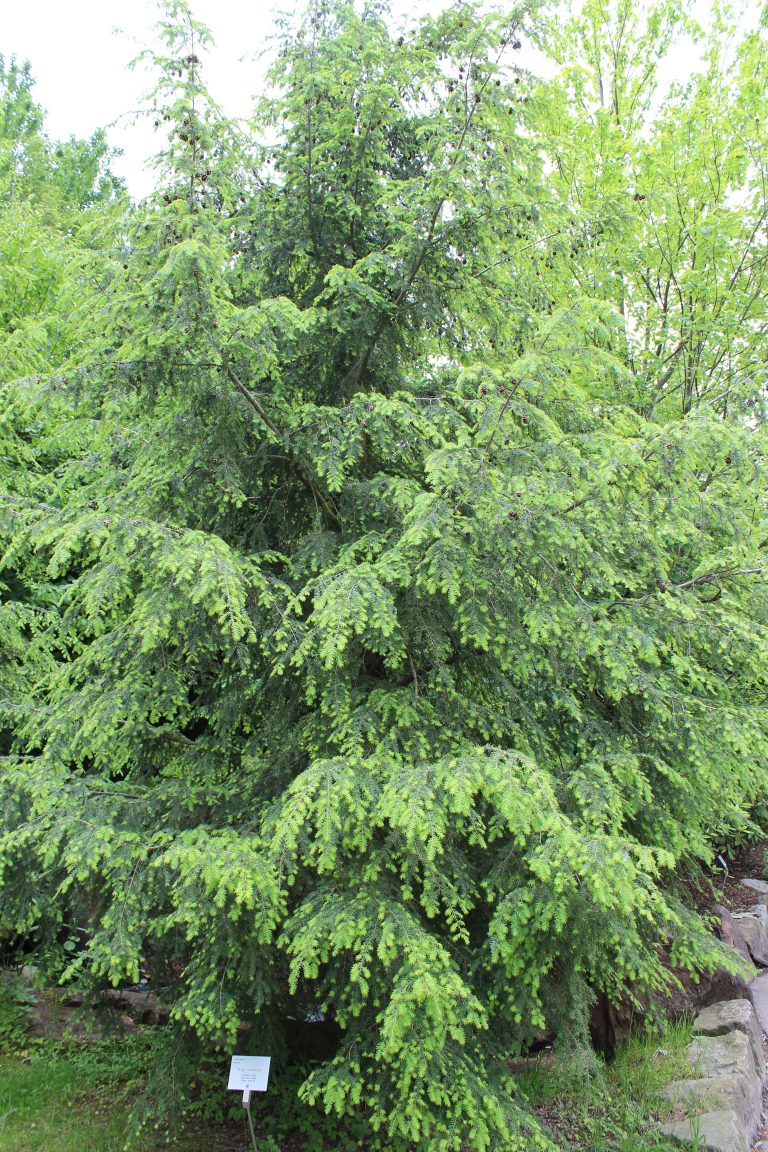
Eastern Hemlock Crandall Park Trees
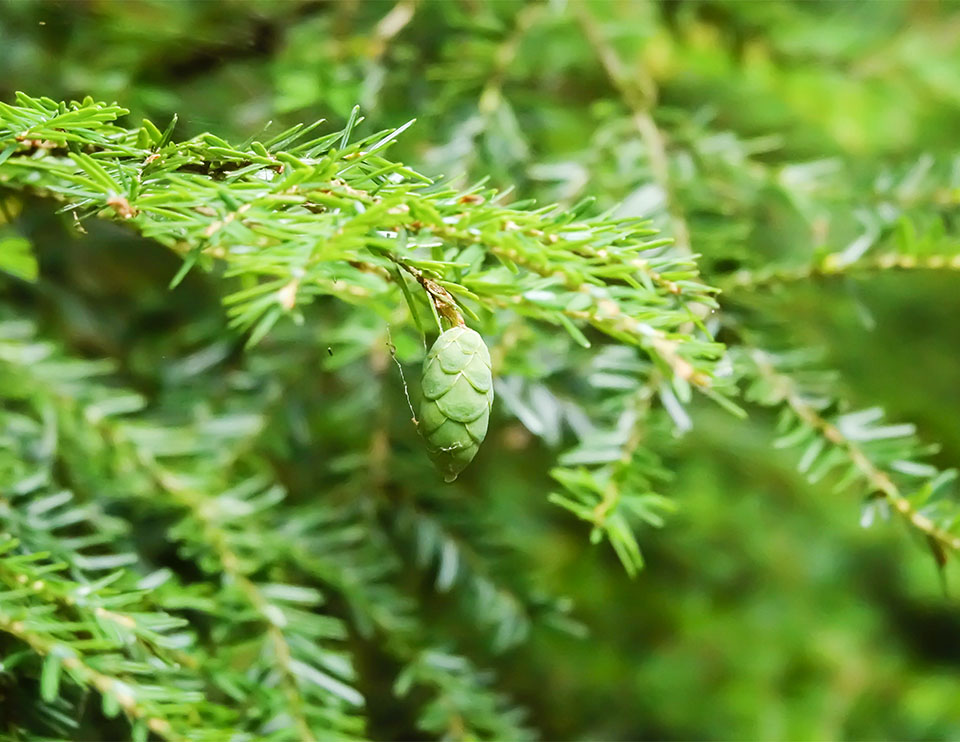
Eastern Hemlock Tsuga Canadensis

Hemlock Trees Tsuga Leaves Bark Cones Pictures Identification
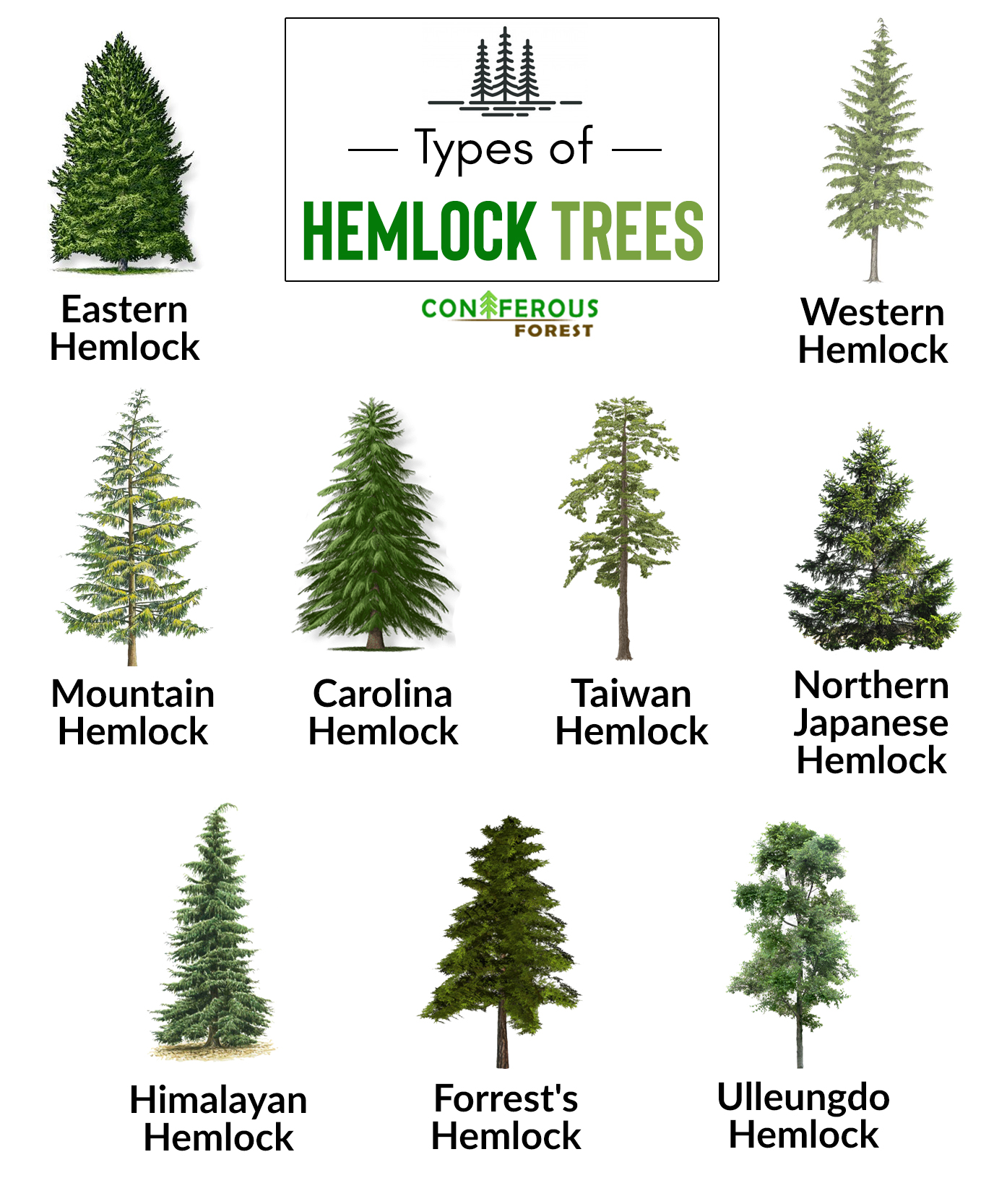
Hemlock Tree Facts Definition Types Identification Pictures
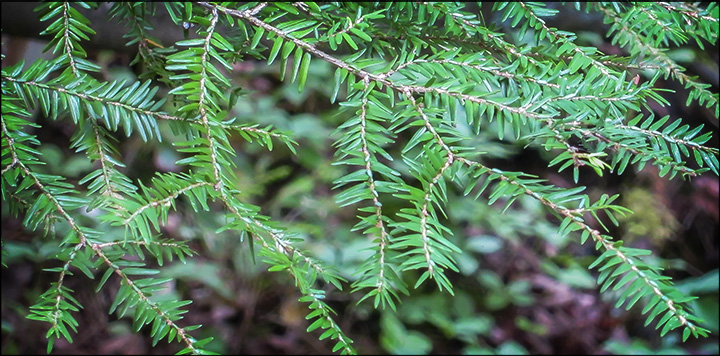
Trees Of The Adirondacks Eastern Hemlock Tsuga Canadensis

Stop And Smell The Hemlock A Mountain Biker S Guide To Nature Singletracks Mountain Bike News
